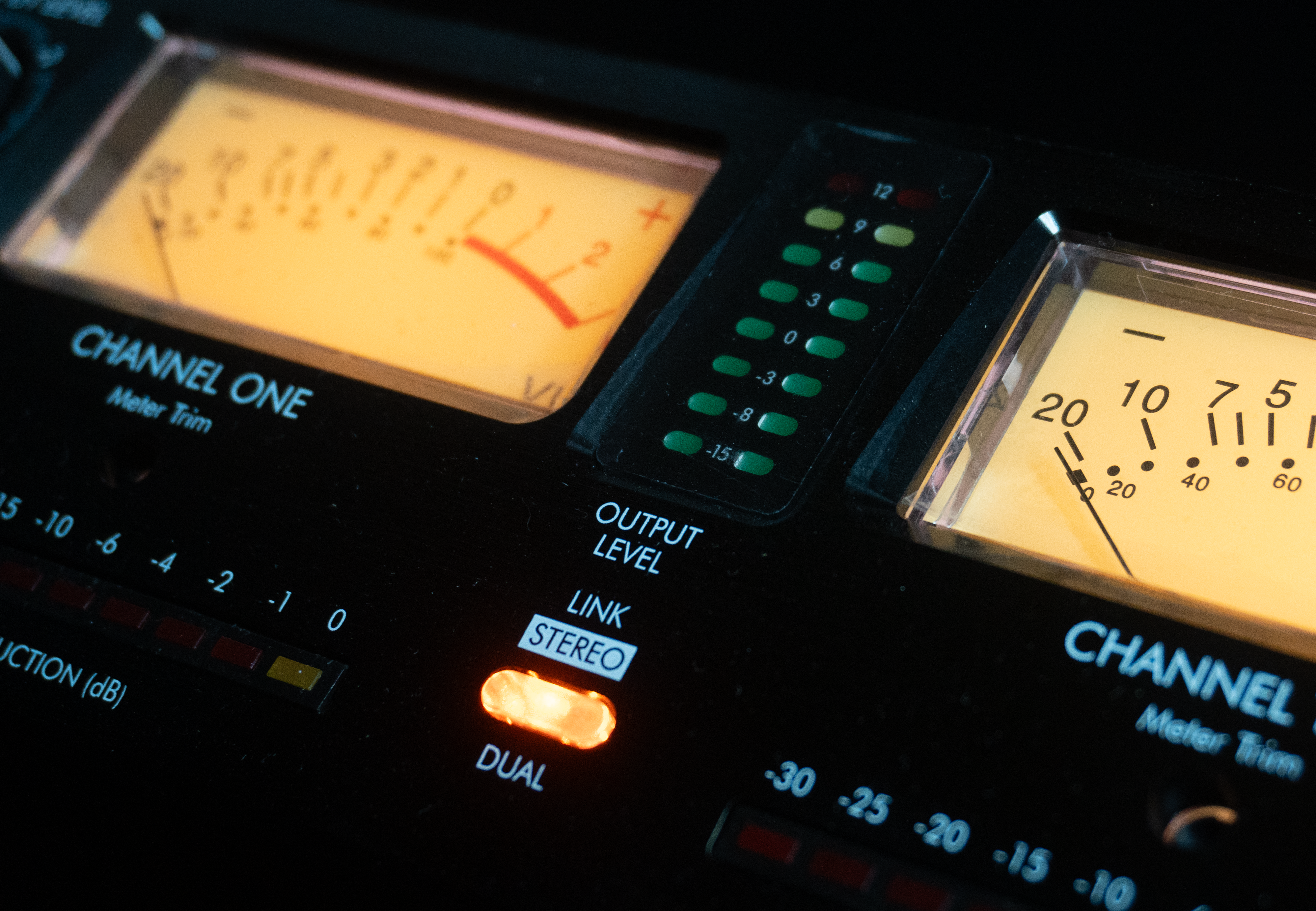Your basket is currently empty!

The Secret Behind Compressors That No One Talks About
Compression is still one of the most confusing topics when it comes to processing audio.
And while there’s a ton of content online for people eager to master it, there’s a secret behind compressors that most tutorials don’t share…
What I’m about to reveal won’t just deepen your understanding of compression — it will completely change how you approach mixing and mastering.
And no, this isn’t another dry breakdown of what every knob does on a compressor.
We’re going beyond the interface… literally.
First, A Quick Recap
I’m assuming you already know what a compressor does.
But if you’re just getting into it:
A compressor is a tool that helps control the dynamic range of an audio signal. It reduces the difference between the loudest and quietest parts, allowing your track to sound more cohesive and louder overall.
It uses parameters like:
- Attack & Release: to shape how the compressor reacts over time
- Threshold & Ratio: to determine how much compression is applied
- Knee: to smooth or harden the transition into compression
But this isn’t a tutorial on those parameters. If you’d like one, drop a comment and I’ll make it happen.
Here’s the Real Question:
Do you actually know how a compressor works under the hood?
If you’ve worked with analog gear before, chances are you do.
But if you’ve only ever mixed in-the-box, it’s easy to assume every compressor plugin works the same.
That couldn’t be further from the truth.
Analogue Compression: What’s Really Happening
Let’s get out of the digital world for a moment.
Imagine being locked in a room with a legendary analog compressor — the Fairchild 670 — worth over $10,000. The only way out? Understand how it works.
This unit doesn’t run on code. It processes real electrical signals.
Here’s what happens:
- Your audio signal enters the compressor as a voltage waveform.
- That signal is split in two:
- One becomes the “source” — this is the signal that gets compressed.
- The other becomes the “copy” — this runs through the sidechain to the detection circuit.
- The detection circuit analyzes the copy and generates a control voltage based on how loud it is.
- That control voltage is sent to the gain control element (this is where the compression happens).
- The source signal is compressed accordingly, then exits through the output.
Now, here’s the big insight:
The gain control element is the secret to how compressors sound and behave.
The Devices That Actually Compress
Let’s zoom in on that gain control element.
What kind of hardware is physically applying gain reduction?
That depends on the type of compressor you’re using.
Each type uses a different device to apply compression — and each has its own sound.
✅ 1. Tube Compressors
- Used in: Fairchild 670, Manley Vari-Mu
- Sound: Warm, smooth, musical
- Behavior: Slow to respond, ideal for buses and mastering
- Downside: Expensive
In a tube compressor like the Fairchild 670, the control voltage feeds into vacuum tubes, which compress the source and add harmonic warmth.
✅ 2. Optical (Opto) Compressors
- Used in: LA-2A
- Sound: Smooth, musical, program-dependent
- Behavior: Adapts to signal, great for vocals and beginners
- Bonus: Extremely easy to use — sometimes just two knobs!
These compressors use a light and a light-sensitive resistor. The louder the signal, the brighter the light shines, and the more compression you get.
✅ 3. FET (Field Effect Transistor) Compressors
- Used in: UAD 1176
- Sound: Punchy, fast, a touch of grit
- Behavior: Extremely responsive, great for drums and transient-heavy content
- Upside: Affordable and aggressive
FET compressors are known for their speed and character — perfect when you want something to cut through the mix.
✅ 4. VCA (Voltage Controlled Amplifier) Compressors
- Used in: SSL G-Comp
- Sound: Clean, precise, transparent
- Behavior: Great control, excellent for glueing mixes
- Bonus: Most affordable and versatile
VCAs are ideal when you want reliable, invisible compression without added color.
Back to Digital: But Something Feels Different…
Now that we’ve “returned” to the digital domain, we realize something:
We no longer just see compressors as insert effects.
We understand that:
- A FET is fast and edgy — great for a snare, but not a master bus.
- A Tube or Opto adds warmth and glue — perfect for vocals or a mix bus.
- A VCA is surgical and clean — great when transparency matters.
With this knowledge, every compressor becomes a strategic choice.
No more slapping the first plugin you see on a track.
Final Thoughts: The Pro’s Mindset
This level of thinking is what separates a pro engineer from someone just pushing buttons.
Understanding the inner mechanics of compression — not just the parameters — opens up an entirely new world of creative control.
So next time you’re mixing, don’t just pick a compressor. Pick a philosophy.
Thanks for reading. If you found this helpful, feel free to share it, and check out New Gen Audio for more tips and insights. W e also offer top-notch audio services, and we would love to help you with your projects!
Let me know in the comments if you want a breakdown of attack, release, and all the usual suspects — or if you’re curious about using different compressors on specific instruments.
Until then — happy mixing.
– Tomé P.
New Gen Audio 🎛️
tags
categories
Leave a Reply
You must be logged in to post a comment.


No responses yet